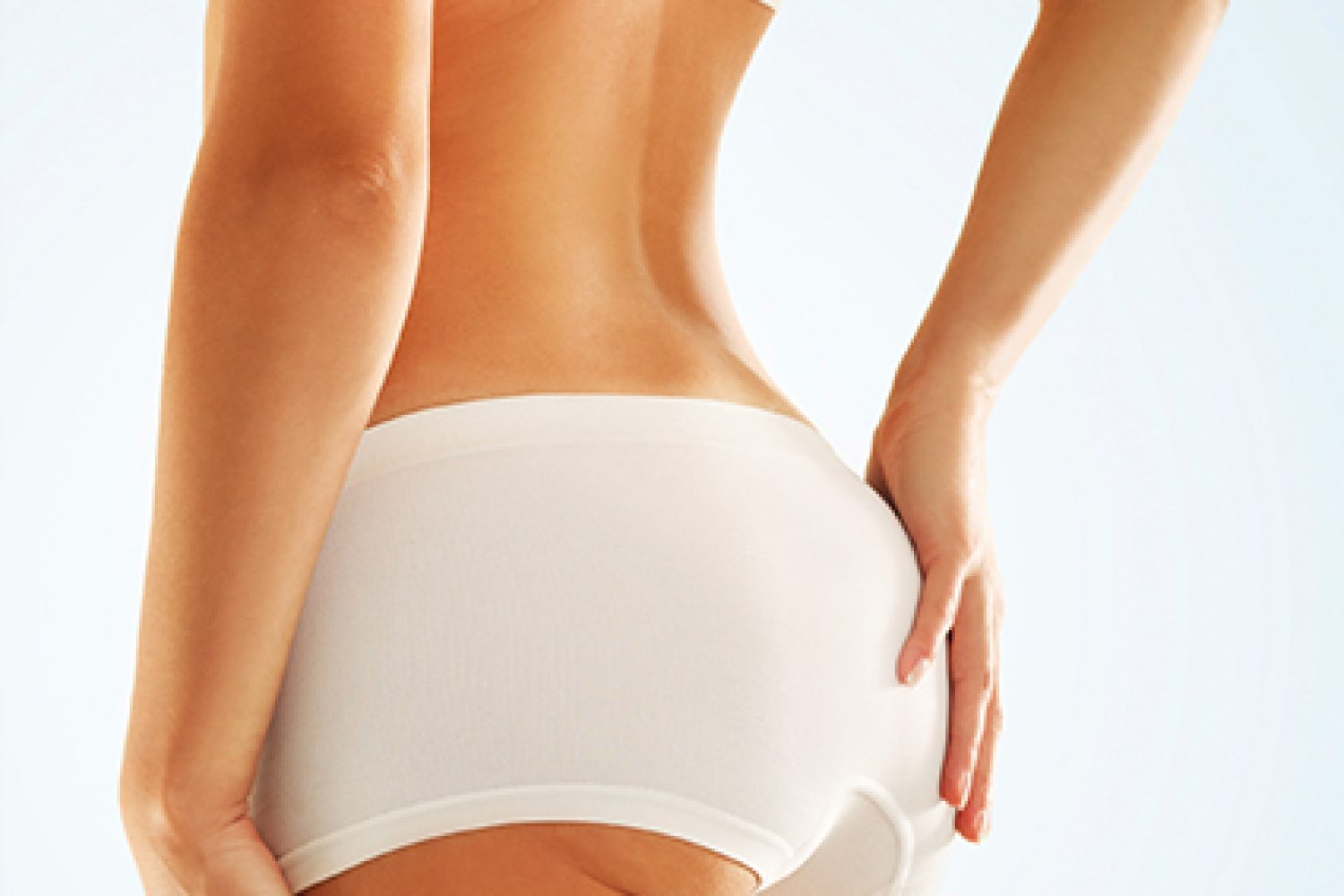Fat Transfer: Enhancing Your Appearance Naturally with Your Own Fat

Procedure at a glance
Harvesting
Processing
Injection
Recovery
Introduction
Welcome to our comprehensive guide on fat transfer, a revolutionary cosmetic procedure that allows you to enhance your appearance using your body’s own fat. Fat transfer, also known as fat grafting or lipofilling, involves transferring fat from one area of the body to another to add volume, contour, and rejuvenation. In this article, we will provide you with valuable information about fat transfer, including its benefits, the procedure process, recovery, and recommendations for finding a skilled plastic surgeon.
Understanding Fat Transfer
What is Fat Transfer?
Fat transfer is a surgical procedure that involves harvesting fat cells from one part of the body, such as the abdomen or thighs, and then injecting them into another area that requires augmentation or rejuvenation. The procedure offers a natural and long-lasting solution to add volume, restore contours, and improve the overall aesthetics of various body areas.
The Benefits of Fat Transfer
Fat transfer offers several benefits for individuals seeking a safe and natural method to enhance their appearance:
Natural and Safe: Since the procedure uses your own fat cells, there is no risk of allergic reactions or rejection. The fat is biocompatible, leading to a natural-looking and feeling result.
Dual Benefit: Fat transfer allows you to address two concerns simultaneously. Excess fat can be removed from one area through liposuction, providing the added benefit of body contouring. The harvested fat can then be utilized to enhance another area, such as the face, breasts, buttocks, or hands.
Long-Lasting Results: The transferred fat cells become a permanent part of the recipient area, providing long-lasting results. While some fat cells may be reabsorbed by the body in the initial months following the procedure, the remaining fat cells establish a stable presence and can provide lasting volume enhancement.
The Fat Transfer Procedure
The fat transfer procedure involves the following general steps:
Consultation: During your initial consultation, you will meet with a board-certified plastic surgeon specializing in fat transfer procedures. The surgeon will evaluate your goals, assess your body areas for potential donor sites, and discuss the expected outcomes of the procedure.
Harvesting: Under anesthesia, the surgeon will use a gentle liposuction technique to harvest fat from the donor area. This involves making small incisions and using a thin tube called a cannula to carefully extract the excess fat cells.
Purification and Processing: The harvested fat is then processed to remove impurities and excess fluids. The purified fat cells are carefully prepared for injection into the recipient area.
Injection: Using precise techniques, the surgeon will inject the processed fat cells into the targeted areas, sculpting and contouring as desired. The injections are strategically placed to ensure proper distribution and long-term survival of the transferred fat cells.
Recovery and Results: After the procedure, you may experience swelling, bruising, and mild discomfort in both the donor and recipient areas. These effects are temporary and should subside within a few weeks. Over time, the transferred fat cells will establish blood supply and integrate into the recipient area, providing enhanced volume and rejuvenation.
Finding a Skilled Fat Transfer Surgeon
To achieve optimal results and ensure your safety, it is essential to choose a board-certified plastic surgeon with expertise in fat transfer procedures. Consider the following when selecting a surgeon:
Credentials and Experience: Research the surgeon’s qualifications, certifications, and experience in performing fat transfer procedures. Look for before-and-after photos of their previous patients to evaluate their skills and outcomes.
Patient Testimonials: Read reviews and testimonials from previous patients to get insights into their experiences and satisfaction with the surgeon’s expertise and results.
Consultation: Schedule a consultation with the surgeon to discuss your goals, concerns, and expectations. A reputable surgeon will listen attentively, provide a personalized treatment plan, and address any questions or doubts you may have.
If you are considering fat transfer, we recommend consulting with Dr. Faisal Ameer, a board-certified plastic surgeon based in Dubai. Dr. Ameer has extensive experience in fat transfer procedures and is known for his commitment to delivering natural and beautiful results. With his expertise, artistic approach, and dedication to patient care, Dr. Ameer can help you achieve the desired enhancement and rejuvenation using your body’s own fat cells.
Conclusion
Fat transfer is a remarkable procedure that allows you to enhance your appearance naturally by utilizing your own fat cells. By understanding the benefits, procedure details, and considerations involved, you can make an informed decision about pursuing fat transfer. Remember to choose a skilled plastic surgeon, follow post-operative instructions diligently, and maintain realistic expectations for the best possible outcome.